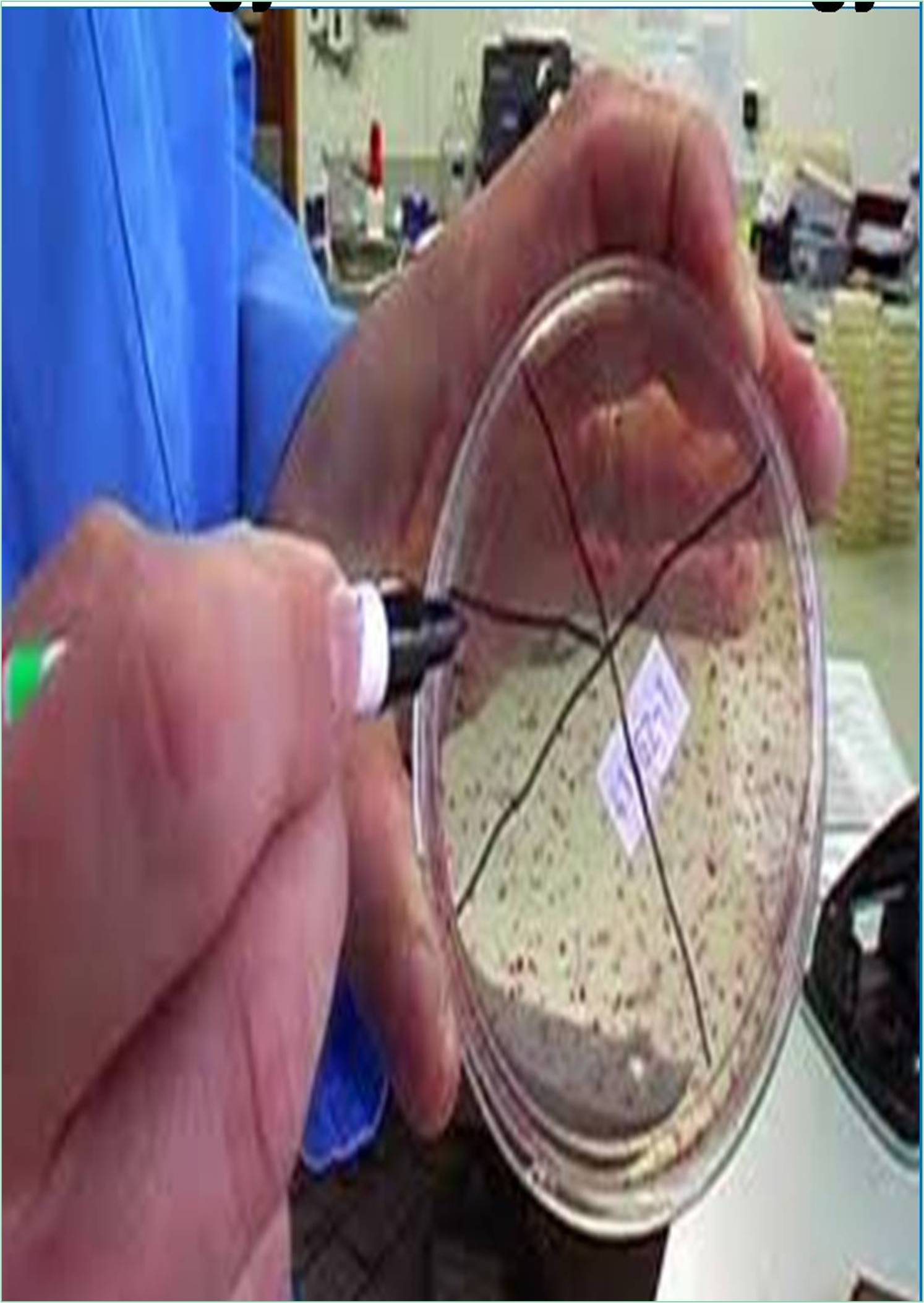



Received: 29-Nov-2022, Manuscript No. GJVI-22-82835; Editor assigned: 02-Dec-2022, Pre QC No. GJVI-22-82835 (PQ); Reviewed: 16-Dec-2022, QC No. GJVI-22-82835; Revised: 23-Dec-2022, Manuscript No. GJVI-22-82835 (R); Published: 30-Dec-2022, DOI: 10.15651/2229-3239.22.2.012
Angioedema (AE) is characterised by recurring episodes of transitory swelling involving the submucosa or deep dermis, frequently impacting the skin, gastrointestinal tract, and respiratory tissue. In the United States, AE accounts for up to 100,000 visits to emergency rooms each year, during which the cause is typically not immediately clear. Based on aetiology and mechanism, AE can be broadly divided into three classes (Chong, et al., 2022). These include idiopathic, mast cell-mediated, and bradykinin-mediated. Mast cell-mediated processes can show as solitary angioedema without urticaria but are typically linked with urticaria due to either an Immunoglobulin (Ig)E-mediated reaction or direct mast cell activation. Bradykinin-mediated mechanisms, such as those related to Angiotensin-Converting Enzyme Inhibitors (ACE-Is), DPP4 inhibitors, or hereditary angioedema caused by C1 inhibitor deficiency, dysfunction, or other known genetic variants associated with hereditary angioedema with normal C1 inhibitor level and function, do not cause urticarial (Metz, et al., 2022). Bradykinin-mediated mechanisms involve an overproduction of bradykinin or the inhibition of its degradation. Idiopathic Angioedema (IAE) is the term used to describe bouts of angioedema without urticaria for which no cause has been identified despite extensive research. IAE is occasionally used to describe patients while additional testing is being done, so this word does not necessarily indicate to a specific condition but rather a diagnostic problem in which the cause of edoema has not yet been identified (Riedl, 2022).
Recent published evidence suggests that the majority (> 90%) of idiopathic forms are likely mast cell driven and responsive to antihistamines. In a retrospective investigation, Rosenberg et al. found that 91% of 47 IAE patients experienced a reduction in symptom frequency when using H1-antihistamine controller medication, supporting earlier findings that the majority of IAE cases are probably histaminergic in nature (Terzioglu, et al., 2022). Given the discussion indicated above, there has been a concerted push within our speciality to redefine IAE as a syndrome that falls within the CSU spectrum but with isolated involvement of deeper layers of the skin. However, a report published in 2021 by Sabaté-Brescó et al comparing chronic histaminergic angioedema and CSU found significant differences between these 2 conditions, including the inability of sera from patients with histaminergic angioedema to activate normal basophils, higher IgE levels in histaminergic angioedema, and a number of clinical variations (Wang, et al., 2022).
Omalizumab is a humanised, recombinant IgG1 monoclonal antibody that binds to free IgE alone, preventing it from attaching to the high-affinity IgE receptor (FcRI), and decreasing the density of FcRI on the surface of mast cells, basophils, and dendritic cells. In 2014, the Food and Drug Administration approved it for these patients who continue to experience symptoms despite receiving H1 antagonist medication since it has been shown to significantly improve outcomes in CSU, both with and without AE. Data from the initial phase 3 trials, which had over 975 individuals with CSU (of whom 41%-53% also experienced AE), as well as other recently published findings, interestingly showed improvement in AE symptoms as well. Only a few case reports provide sufficient data on the effectiveness and safety of omalizumab in patients with only IAE. There are currently no prospective randomised trials for omalizumab treatment of IAE. Patients with IAE may benefit from anti- IgE treatment with omalizumab.
Chong CJ, Choo KJ, Ong KY, Tan V, Khoo JB, Murthee KG et al (2022). Improving drug allergy label accuracy by supervised safety-and protocol-driven evaluation. Ann Acad Med, Singap. 51(11):677-685. [Crossref][Google scholar][Indexed]
Metz M, Bernstein JA, Giménez-Arnau AM, Hide M, Maurer M, Sitz K et al (2022). Ligelizumab improves angioedema, disease severity and quality-of-life in patients with chronic spontaneous urticaria. World Allergy Organ J. 15(11):100716. [Croosref] [Google scholar][Indexed]
Riedl MA. (2022). Update on skin diseases: Urticaria, angioedema, and other skin disorders from the 2022 American College of Allergy, Asthma, and Immunology Annual Literature Review. Annals of Allergy, Asthma & Immunology.[Crossref][Google scholar][Indexed]
Terzioglu K, Ediger D, Ozdemir E, TulumenOzturk R, Dogan F, Sancar O (2022). How physicians approach hereditary angioedema: a single center study. Asia Pac Allergy. 12(4). [Croosref][Google scholar][Indexed]
Wang X, Zhi Y (2022). Altered Urinary Metabolomics in Hereditary Angioedema. Metabolites. 12(11):1140. [Crossref][Google scholar ][Indexed]